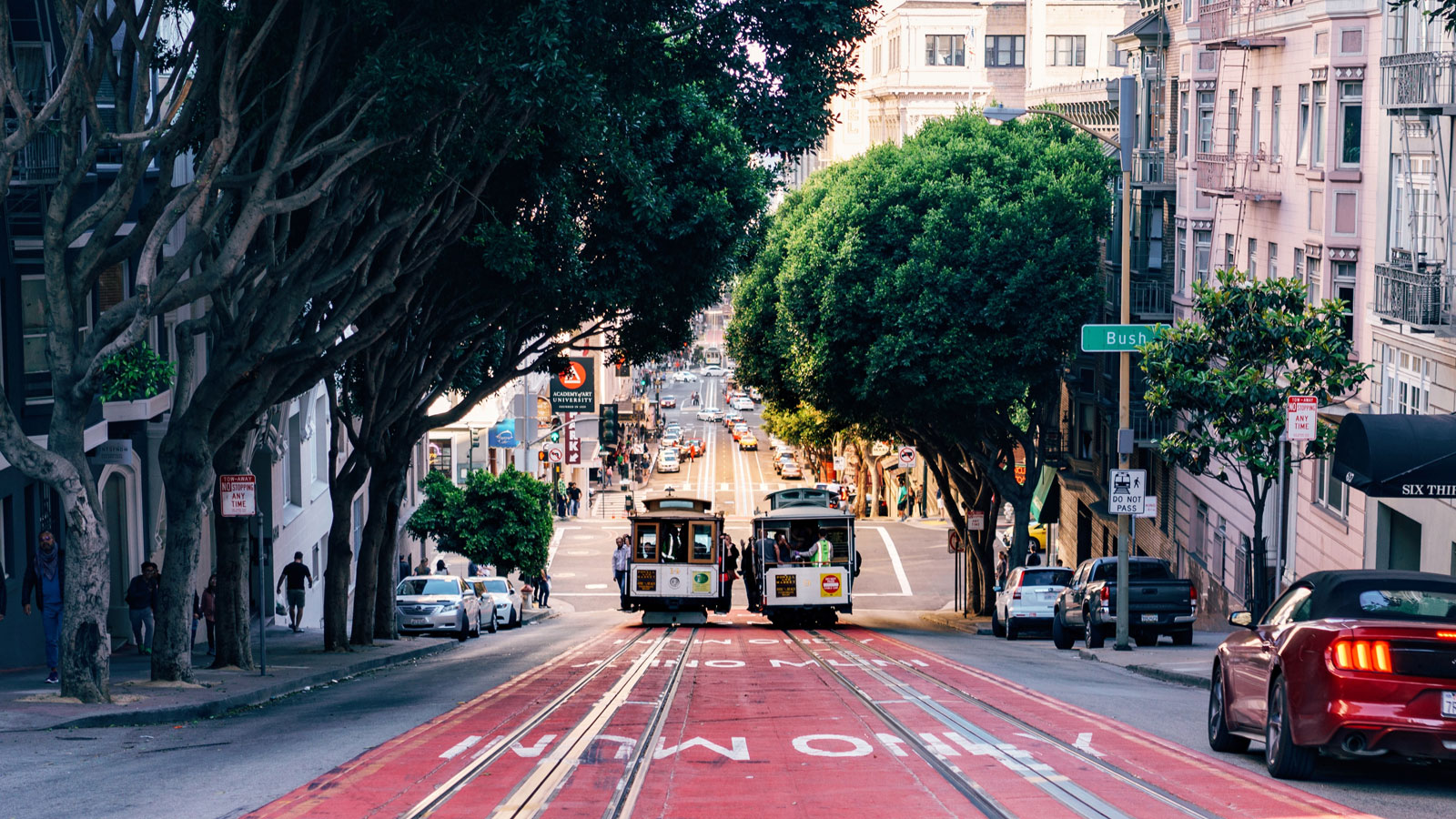If you feel like you’ve been saying, “It’s a bad year for allergies,” year after year, you’re not alone.
“What I was noticing is every year my patients would say, ‘This is the worst year.’ And then the next year they would say, ‘Oh my gosh, this year is even worse,’” says Kari Nadeau, director the Sean N. Parker Center for Allergy and Asthma Research at Stanford University School of Medicine.
Her team analyzed allergen data from the California Bay Area from 2002 to 2019 to see how allergy seasons are changing as the climate warms.
They found that on average, tree pollen season got about half a week longer every year.
“It used to be that trees started pollinating in the Bay Area at around February,” Nadeau says. “But now we’ve noticed that they actually start releasing their pollens in December.”
The researchers found that outdoor mold season has also gotten longer. Heavier rainfall can lead to the growth of more mold spores. And Nadeau says when rain is followed by a prolonged dry spell, the spores can spread more easily in the wind.
So Nadeau says that as allergy seasons continue to get worse, vulnerable people may need to take additional steps to protect themselves.
Reporting credit: Sarah Kennedy/ChavoBart Digital Media
Source link


